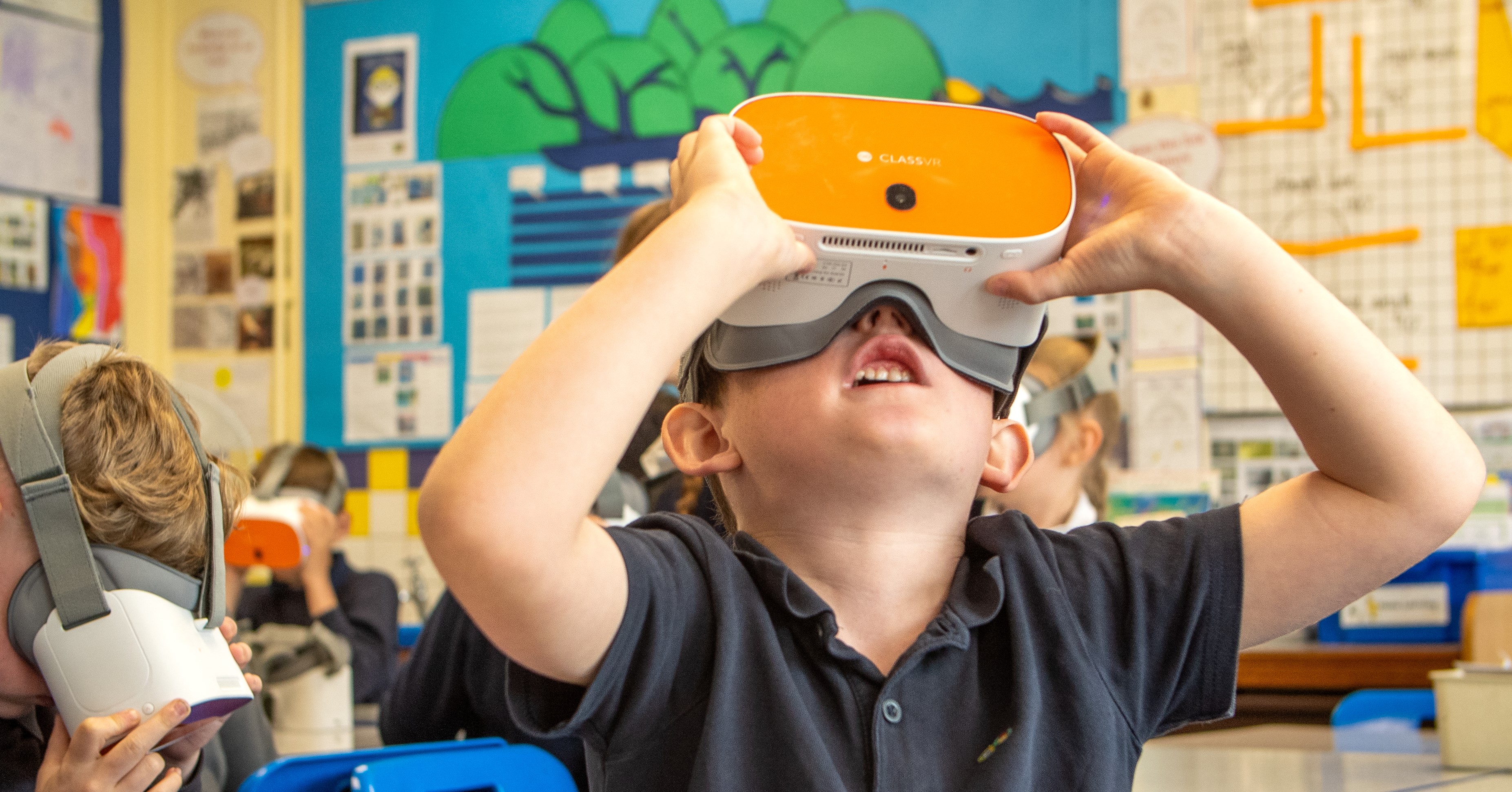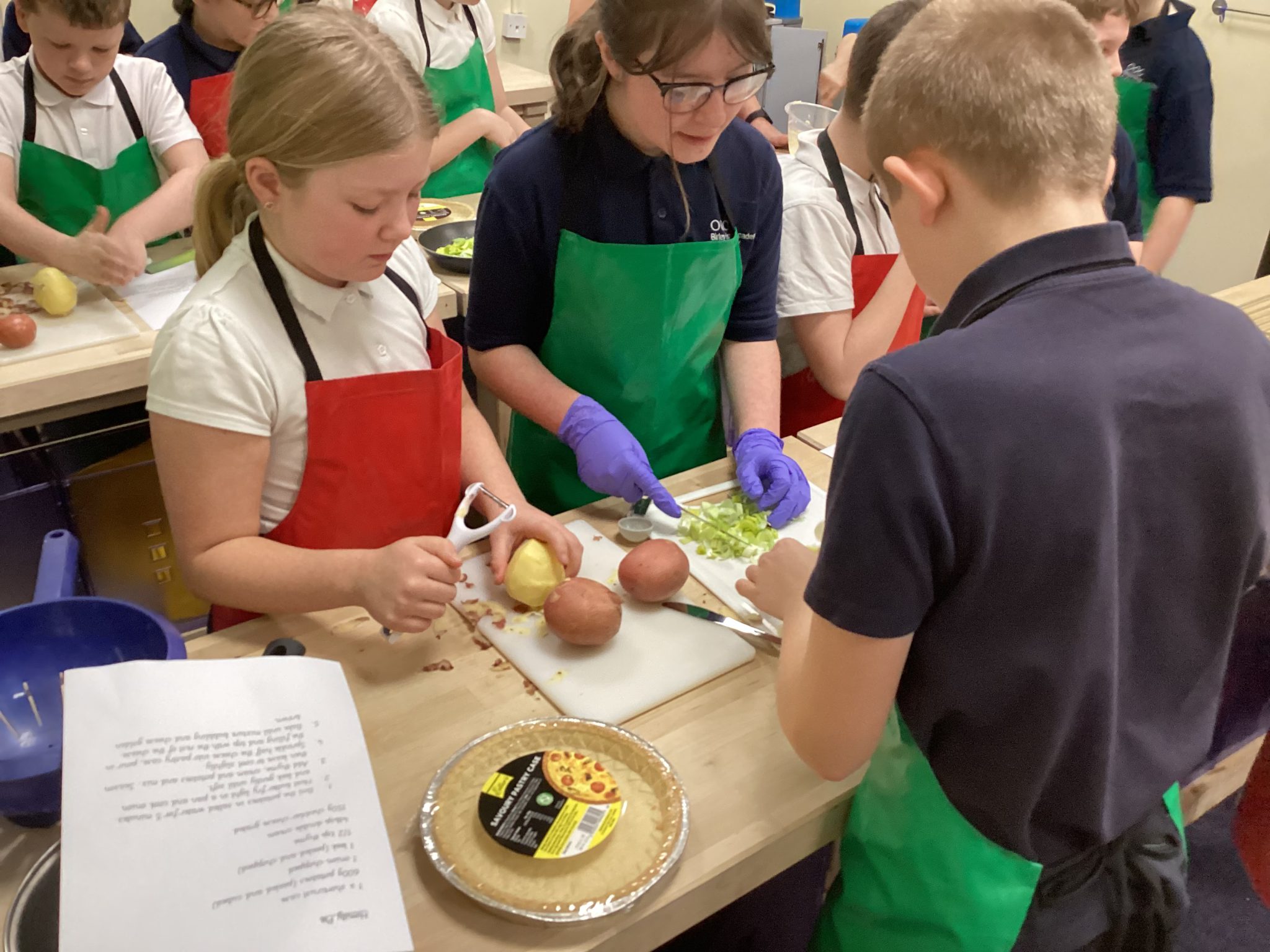
In Design and Technology, we aim to provide our children with an education that is inspiring, rigorous and practical. Using their creativity and imagination, we aim to equip our pupils with the skills required to design and make products that solve real and relevant problems, within a variety of contexts, considering their own and others’ needs, wants and values.
At Birley Primary Academy, we strive to ensure that children acquire a broad range of subject knowledge which allows them to draw upon disciplines of other curriculum subjects, such as Maths, Science and Computing. Most importantly, during their education in the subject, our children will learn how to take risks, become resourceful, innovative, enterprising and capable citizens.

The overarching aim for Design and Technology in the National Curriculum is to promote high standards of purposeful and functional design work by encouraging pupils creativity and imagination.
The National Curriculum for Design and Technology aims to ensure that all pupils:
Details about how Birley Primary Academy deliver our Design and Technology Curriculum can be found in the information below:
At Birley Primary Academy, we have an extensive range of resources that support the teaching of our Design and Technology curriculum. These include:
Cross-curricular links are planned for whenever possible with other subjects, particularly with Maths, Science, ICT and Literacy.
Within Design and Technology, we strive to prepare children to take part in the development of tomorrow’s rapidly changing world. We aim to encourage children to become creative problem-solvers, both as individuals and as part of a team. Through the study of Design and Technology, children combine practical skills with an understanding of aesthetic, social and environmental issues, as well as of functions and industrial practices. This allows them to reflect on and evaluate present and past design and technology, its uses and its impact. Our Design and Technology curriculum is high quality, well thought out and is planned to demonstrate progression. We focus on progression of knowledge and skills and discreet vocabulary progression also form part of the units of work.
The impact of our teaching of Design and Technology is assessed in a number of ways. Formal assessment through observation, questioning, book trawls and marking of children’s work is used alongside more pupil discussions and photographic and video evidence. Collating all of this information enables teachers to assess and evaluate children’s attainment and progress against outcomes outlined in our assessment. In addition to evaluating children’s work, we measure the impact of our curriculum through the following methods:
We endeavour to ensure that the sequence of content enables our children to progress whilst they are with us whilst also providing our pupils with the necessary foundations to build upon as they progress into secondary education and beyond.
In our Design and Technology curriculum, we promote British values in many different ways. Below, you will find examples of how we achieve this:
Our pupils develop mutual respect through offering supportive comments in evaluations that will improve learning outcomes in a way that is objective but sensitive to the listener.
Further to this, our DT curriculum is also driven by SMSC development and this can be exemplified in the following ways;